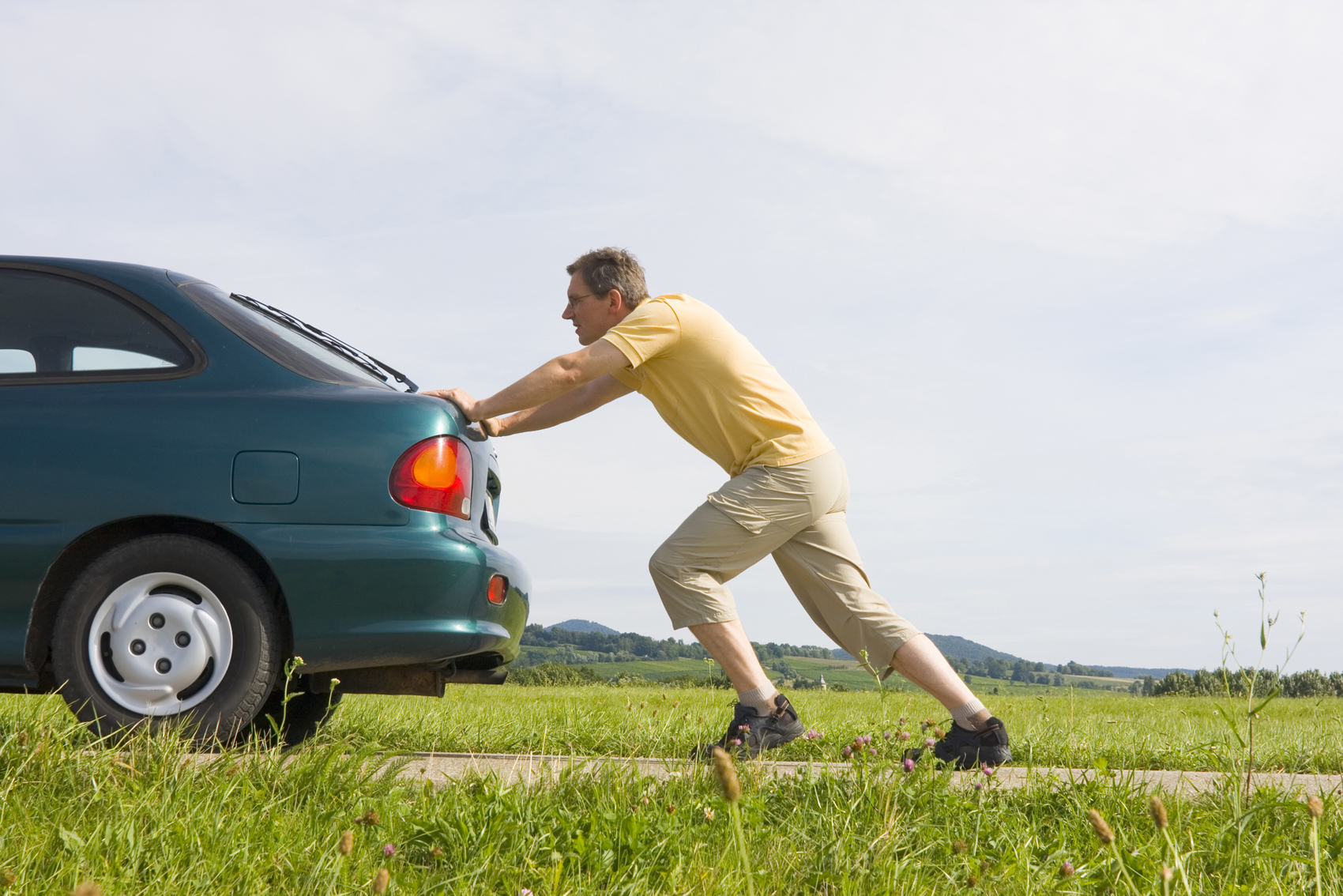
How to start off so that the car does not stall - tips for beginners
Content
Starting off in a car with an automatic transmission is not difficult for novice drivers. The actions related to the engagement of the clutch instead of a person are performed by automation, and it is enough just to press the gas pedal. The automatic transmission is designed in such a way as to prevent rolling back even on a large slope, so that you only need to increase the fuel supply to start moving.
Cases when a beginner's car stalls occur all the time. There are many reasons for this situation, and you can eliminate unpleasant moments by studying the recommendations of experts on proper driving.
Why do beginners stall the car
The car can stall, even if an experienced driver is driving, what can we say about a beginner. Pulling off is one of the most difficult driving tasks. At the beginning of the movement, maximum efforts are applied to the controls of the car, and not everyone can correctly influence the clutch and gas.

The car stalls
To learn how to move off, do not dwell on unsuccessful previous attempts. Consider the mistakes made in the past and strive to correct them. In case of difficulties at the start, you should not react to the signals and angry looks of other drivers - abstract yourself and focus on driving.
Correct start
It depends on various factors:
- the condition of the road surface;
- experience of the driver;
- type of gearbox;
- used rubber;
- road slope, etc.
In most cases, a beginner's car stalls on the mechanics due to:
- lack of the required amount of practice;
- and stressful state caused by uncertainty in their actions.
An experienced driver may also feel uncomfortable driving someone else's car. But, having experience in driving and starting skills, he will try to start moving until he succeeds in doing so.
On the road without a slope
The standard situation most often occurs at the beginning of the movement when leaving the yard or stopping at a traffic light. The process of starting off on the mechanics consists in the sequential execution of the following actions:
- Squeeze the clutch and engage first gear (if a beginner is unsure, he can look at the schematic drawing on the gearshift lever to make sure the right one is engaged).
- Then slowly release the clutch and at the same time add gas, finding the optimal combination at which the movement will begin.
- Until the car begins to accelerate confidently, the clutch must not be released abruptly in order to avoid turning off the engine due to increased load.
It is not recommended to add a large amount of gas. In this case, slippage will occur, which will negatively affect not only the comfort of passengers, but also the technical condition of the car.
It is recommended to learn how to depress the clutch so that the car does not stall, at an optimal speed, and not to repair the assembly on an ongoing basis.
On the rise
In a driving school, they teach you to use only one way to start moving when lifting - using a handbrake. Experienced drivers know how to drive up the mountain so that the car does not stall, without using the handbrake. This skill can come in handy in an extreme situation, so consider both methods.
On mechanics
Handbrake method. Procedure:
- After stopping, apply the hand brake and release all pedals.
- Disengage clutch and engage gear.
- Press on the gas until a set of 1500-2000 rpm.
- Start releasing the clutch pedal until the rear of the car begins to lower.
- Quickly release the parking brake lever while disengaging the clutch.
Towelless method:
- Stop on a hill, depress the clutch and hold the foot brake.
- After turning on the speed, start releasing both pedals, trying to catch the moment of “grasping”.
With this method of starting the movement, the engine is allowed to operate at increased speeds (“with a roar”), as well as wheel slip, so as not to stall and prevent rolling back, as another car may be there.
After reaching a speed of 4-5 km / h, you can release the left pedal - the dangerous moment is behind.
With automatic transmission
Starting off in a car with an automatic transmission is not difficult for novice drivers. The actions related to the engagement of the clutch instead of a person are performed by automation, and it is enough just to press the gas pedal.
If possible, it is better for novice and insecure drivers to purchase cars with automatic transmission so as not to increase the level of stress during active traffic in the city.
How to recognize the moment of seizure
The main thing to do so that the car does not stall is to recognize the moment of setting in time. Engine shutdown occurs when the clutch pedal is released to a critical point, and the engine speed is not enough to start moving. Due to the fact that the disk and flywheel are connected at the moment of a small effort, the power unit does not have enough power to transmit rotational motion to the wheels.
The setting moment on cars with large displacement engines can not be carefully controlled - its throttle response will allow you to start moving painlessly. Small cars are more sensitive to this process.
You can recognize the setting moment by the behavior of the engine:
- he starts working in a different key;
- turnover changes;
- there is a barely noticeable twitching.
Jerks when starting off occur with inept handling of the clutch and gas pedals. Beginners are advised to periodically train both legs, trying to keep the pressure unit in a given state for a long time. The driver should be especially careful when driving a loaded vehicle or when towing another vehicle.

